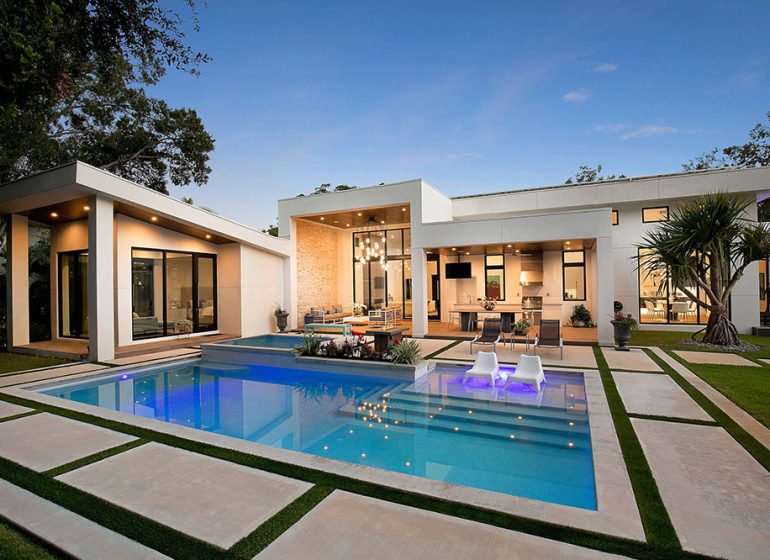A swimming pool isn’t simply a luxury; it brings relaxation, is fun, promotes good health and can raise property value. Regardless of whether you want a fancy pool or need one for the children, it’s helpful to know how the building process works before you start. However, starting a swimming pool project requires your attention, careful budgeting and hiring experts.
Design and Planning
You should decide early on which kind of swimming pool meets your needs before having one built. Permanent pools are almost always chosen as in-ground pools, and customers can select among concrete, vinyl and fibreglass. A concrete pool is custom-built, and the best way to save money is by choosing a vinyl pool. Unlike concrete ones, fibreglass pools require less maintenance and are established more quickly.
There’s more to designing than paying attention to shape and size. Figure out the water level, whether anything special like a spa or waterfall is involved and how it fits with the outdoor look of your property. Professionals in the field can point out options that look good with your home and help make the best use of the area outside.
Permits and approvals
Gaining the needed permits from your local authorities should be completed before you start any construction. Because different places have their building, zoning, and safety codes, it is essential to seek advice from a licensed building professional. Most permits include excavation, electrical, plumbing, and safety jobs, such as installing fencing and installing drainage.
Excavation and Construction
When the plans are confirmed, construction begins by removing soil. You first need to dig the hole for the pool, which can require several days, depending on the type of soil and the size of the pool. After the excavation ends, the setting of the structure and the plumbing begins. For concrete pools, build a frame using steel rebar and spray it with gunite or shotcrete. Unlike concrete swimming pools, fibreglass fibreglass pools are manufactured and delivered, ready to be installed with a crane.
After the frame has been constructed, filtration, lighting and heating are all put in place. The water pool area is finished with tiling, a coping installed along the edge, and the inside covered with plaster or pebbles. After that, water is added, and the mixture is adjusted to meet safety standards.
Doing the Landscaping and Details
A pool is only one element in changing your backyard. Surrounding plants, outdoor seating, walking areas and lighting give your area a finished and functional feel. Paying attention to how you finish the area adds charm and convenience to your swimming pool.
Maintenance and Costs
Swimming pools are costly to build; averaging $30,000 or more, and you’ll also need to take care of the ongoing expenses. If your pool is well-maintained, it will remain both safe and attractive for a significantly more extended period.
Although swimming pool construction can be confusing, it provides you with plenty to appreciate and enjoy over the years. Having experts on board and thinking it through carefully will ensure your space is upbeat and pleasant for everyone.

